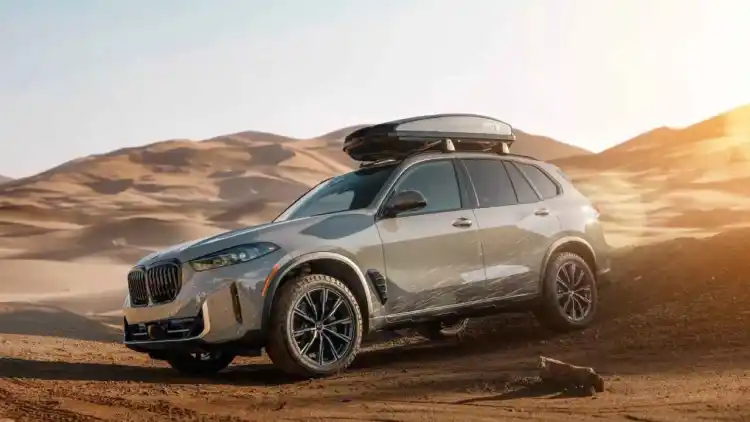- Pricing and Specifications
- Restructuring and Future Direction with the MB.EA-M 800-Volt Platform
- Impact of Production Halt on Factories and Global Markets
- A Brief Comparison Between Current and Future Models
Mercedes-Benz is preparing to end the era of its electric vehicles, the EQE sedan and EQE SUV, by 2026, in a move that reflects a fundamental strategic shift aimed at restructuring the company's electric vehicle lineup. Despite the relative newness of these two models in the market and the public interest they attracted upon their launch, actual sales performance and technical gaps have prompted the company to rethink deeply, focusing on developing more advanced and mature electric vehicles that meet the expectations of the electric transportation era.

Current Models: Short Lifespan and Market Challenges
Mercedes unveiled the EQE sedan for the first time at the 2021 Munich International Motor Show, followed by the EQE SUV in 2022. Despite technological innovations and luxurious design, the two models did not achieve the expected sales, especially in the US market, which witnessed a 39% drop in sales last year, with a total not exceeding 11,660 units. Their success was limited to specific segments in other countries due to fierce competition from other brands such as Tesla, Audi, and BMW, which offer electric models with better driving ranges and competitive prices.
Pricing and Specifications
The models offer AMG versions with a noticeable increase in horsepower and acceleration, directed at performance enthusiasts. Mercedes adopted modern technologies such as heat pumps to improve energy efficiency and reduce battery consumption, and introduced a front motor disconnect unit in four-wheel-drive 4MATIC models to allow for energy saving.
Restructuring and Future Direction with the MB.EA-M 800-Volt Platform
From 2026, Mercedes intends to replace the EQE and EQE SUV with electric vehicles based on the advanced MB.EA-M platform operating at 800 volts, offering advanced features including:
Increased driving range by improving battery efficiency to enable cars to cover longer distances on a single charge.
Ultra-fast charging capabilities with power up to 320 kW, allowing restoration of 400 km of range in just 15 minutes.
Advanced technologies incorporating driver assistance systems and AI-based smart navigation and entertainment.
Upcoming Models: Reviving Classic Luxury with Future Technologies
In 2025, Mercedes revealed plans to launch the new electric E-Class featuring a traditional three-box design inspired by luxury limousines, with a longer wheelbase and improved interior spaces.
The market will also see the new C-Class EQ and GLC EQ models, built on the MB.EA-M electric platform, which will offer a different driving experience with improvements in performance, comfort, and cutting-edge technology.
These new models aim to redefine the concept of luxury electric vehicles with a clear focus on humans, smart technologies, and the environment.
Impact of Production Halt on Factories and Global Markets
This step will lead to retooling Mercedes’ factories in Germany and the USA to align with plans for producing modern electric vehicles.
The company bets on expanding its share in the rapidly growing electric vehicle market as consumers transition to cleaner and more efficient cars.
The transformation will help reduce costs and achieve greater operational efficiency thanks to the new electric platform and revamped production lines.

A Brief Comparison Between Current and Future Models
Stopping production of the EQE sedan and EQE SUV represents a pivotal shift in Mercedes’ future approach to expanding its electric portfolio with advanced systems and technologies that aim to achieve the highest standards of performance, luxury, and environmental sustainability.
With the arrival of new models based on a sophisticated platform, Mercedes is set to continue shining as one of the prominent players in the electric vehicle sector.




